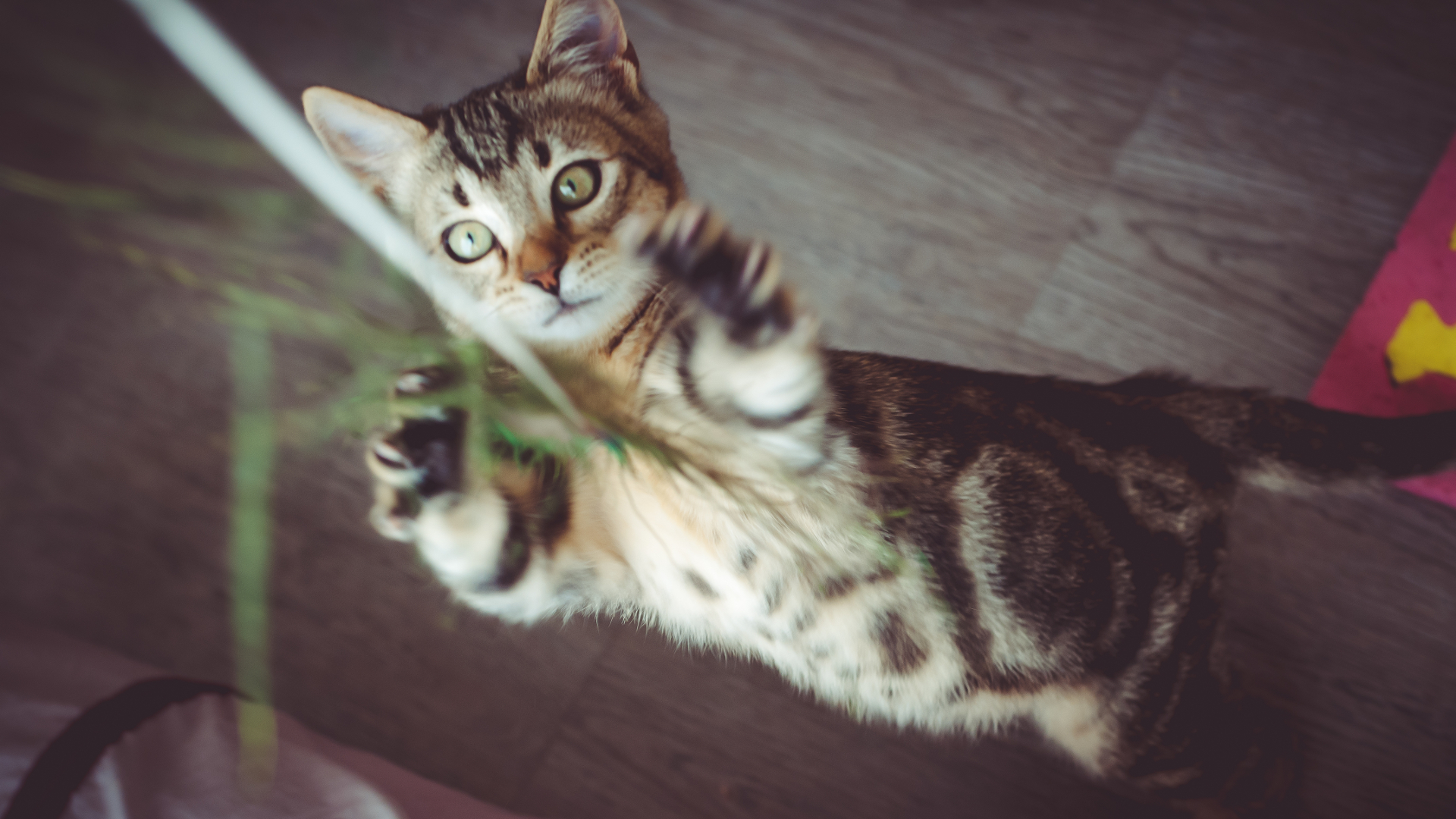Declawing
If you are considering declawing your cat, please read this. It will only take a moment, and it will give you valuable information to help you in your decision.
First, you should know that declawing is pretty much an American thing, it’s something people do for their own convenience without realizing what actually happens to their beloved cat. In England declawing is termed “inhumane” and “unnecessary mutilation.” I agree. In many European countries it is illegal. I applaud their attitude.
Before you make the decision to declaw your cat, there are some important facts you should know. Declawing is not like a manicure. It is serious surgery. Your cat’s claw is not a toenail. It is actually closely adhered to the bone. So closely adhered that to remove the claw, the last bone of your the cat’s claw has to be removed. Declawing is actually an amputation of the last joint of your cat’s “toes”. When you envision that, it becomes clear why declawing is not a humane act. It is a painful surgery, with a painful recovery period. And remember that during the time of recuperation from the surgery your cat would still have to use its feet to walk, jump, and scratch in its litter box regardless of the pain it is experiencing. Wheelchairs and bedpans are not an option for a cat.
No cat lover would doubt that cats–whose senses are much keener than ours–suffer pain. They may, however, hide it better. Not only are they proud, they instinctively know that they are at risk when in a weakened position, and by nature will attempt to hide it. But make no mistake. This is not a surgery to be taken lightly.
Your cat’s body is perfectly designed to give it the grace, agility and beauty that is unique to felines. Its claws are an important part of this design. Amputating the important part of their anatomy that contains the claws drastically alters the conformation of their feet. The cat is also deprived of its primary means of defense, leaving it prey to predators if it ever escapes to the outdoors.
I have also had people tell me that their cat’s personality changed after being declawed. Although, the medical community does not recognize this as potential side effect.
Okay, so now you realize that declawing is too drastic a solution, but you’re still concerned about keeping your household furnishings intact. Is there an acceptable solution? Happily, the answer is yes. A big, joyful, humane YES! Actually there are several. The following website “Cat Scratching Solutions” provides many solutions as well as and insight into the psychology of why cats scratch. You can teach your cat to use a scratching post (sisal posts are by far the best). You can trim the front claws. You can also employ aversion methods. One of the best solutions I’ve found is Soft Paws®.
Soft Paws are lightweight vinyl nail caps that you glue on the cat’s front claws. They’re great for households with small children and are extremely useful for people who are away from home all day and can’t exercise the watchfulness necessary to train a cat to use a scratching post. Soft Paws® are easy to apply and last about four to six weeks. They come in clear or colors–which are really fun. Now that’s a kitty manicure! The colored caps look spiffy on Tabby or Tom and have the added advantage of being more visible when one finally comes off. Then you simply replace it. You can find Soft Paws® on the web by clicking here or call 1-800-989-2542.
You need to remember, though, that the caps and nail trimming should only be used on indoor cats who will not be vulnerable to the dangers of the outdoors.
For a list of countries in which declawing is either illegal, or considered extremely inhumane and only performed only under extreme circumstances, or for medical reasons, CLICK HERE.
Not yet convinced? Click Here for “The Truth about Declawing – Technical Facts.”







